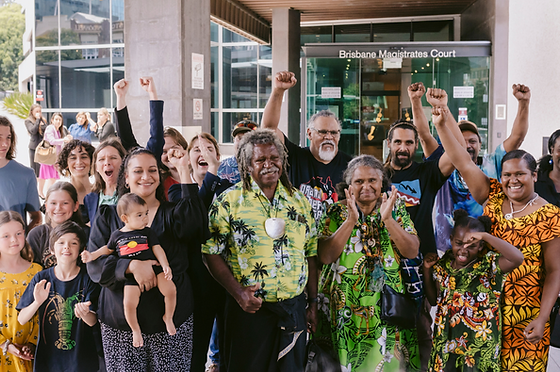Climate Change and Human Rights Law
Beth Goldblatt, Cristy Clark and Julia Dehm

Over the past two decades there has been a growing awareness of the close intersection between climate change and human rights. However, the relationship between these two issues is not straightforward. In this chapter we explore some of the opportunities, as well as the tensions and trade-offs, that arise from framing climate change as a human rights issue. After this overview, we explore the normative development of human rights in the context of climate change through the United Nations (‘UN’) human rights system and how the right to a healthy environment is emerging as an important right in relation to climate change. Next, we consider the way that climate litigation has been mobilised to advance human rights claims globally and in Australia. We then consider some of the challenges and limitations in understanding climate change as a human rights issue and how human rights frameworks might need to change and adapt in response to these challenges.
Key Questions
- How does the climate crisis give rise to human rights concerns? What rights, of what subjects, and what obligations, imposed on what actors, does it engage?
- What have been the limitations of the human rights response in the face of the climate crisis?
- What might a human rights response that is adequate to the scale and scope of the climate crisis look like?
Chapter Outline
1. Climate Change and Human Rights
2. Developments in Human Rights Law in Response to Climate Change
2.1. Climate Change and International Human Rights
2.2. The Right to a Healthy Environment
2.3. Rights-based Climate Litigation
3. Critiques of Human Rights Law in Response to Climate Change
3.1. Preventing Structural Change
4. Future Trajectories of Human Rights Law: Relational Rights and Reparations
This chapter does not provide a comprehensive coverage of doctrines, frameworks, cases and scholarly commentary relevant to the relationship between climate change and human rights law. Rather, it provides select examples to illustrate key themes. See the references for more information on these topics.

